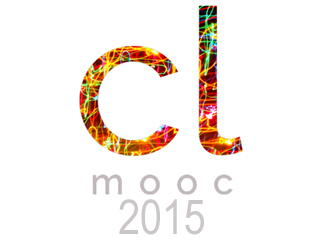For this Make Cycle, we invite you to use game design to analyze, remediate, and reflect on complex systems.
You may ask – why game design?
The systems within which we operate can be difficult to understand – and even more so, difficult to discuss. Games – in all their forms – are engaging tools for experimentation. As dynamic and interactive works of art, games can inspire us to tackle and engage with complexity. Plus, games, and the ways in which they are designed, enable us to experiment and have fun with failure: the ability to try, fail, and try again is a powerful tool.
Games are active experiences. Like many things in civil society, every game has rules, players, and interesting choices you are “allowed” to take.
A game in which the player performs simple actions or activities simply to further a story is passive; however, if the player is presented with choices which meaningfully impact the future events in the game, these choices become “interesting” and active.

via The Institute of Play. Read more of their deconstruction of Oregon Trail
Make with Me
You might start with thinking about your favorite game (in any shape or form!) and reconstructing it using one or more different media. A good way to start can be answering these questions:
- What are the rules of the game?
- What are the actions (or verbs) you are allowed to take in the game?
- Is there a “win” state? If so, how do you achieve it?
Game design is a creative process – anything goes. Help us learn how to play your favorite game, or create a new game we can play together! You can start with a drawing, create a flip book, and move to video. You can also take household items and turn them into playing pieces, transforming your kitchen table (or house!) into a game board!
We’d love to see how you level up or progress through your game. What actions can you take to move forward?
Don’t forget: as the game designer, you have the power to change the system, and you don’t have to do it alone! If you were to change a rule, how would that impact the actions you could take in the game? What would happen if you played with multiple people?
We also invite you to think about how you can also use your new game design skills to translate, analyze and change a complex issue. For instance, if you were to deconstruct the California Water Crisis
- Who would be the key characters you could play?
- What are 1-3 actions each character type could do in the game?
- What are the potential outcomes?
You can start with a character, such as a farmer trying to conserve water but still grow crops. How many other participants play other characters, like policymakers or residents? If you were to change a rule, how would that change the game?
We hope that you will be inspired to explore a new medium, and create new understanding about what it means to analyze (and change!) a system.
Check Out These Resources
There’s plenty of ways to start thinking about meaningful game design. Here are some ideas:
- Designing Equity: Reflection on Youth-Focused Game Jam in South Central LA by Antero Garcia
- Games in the Classroom: Overcoming the Obstacles from KQED Public Media for Northern CA
- Grow-a-Game
- Games Are For Everyone!
- Game Design with Kids: An Interview with Charley Miller
- Games Learning Society
- Games for Change
Glasslab Games:
Institute of Play:
Other how-to/guides:
- Make Your Own Board Game
- Make A Trading Card Game
- Video Game Design by Kevin Hodgson
- The methods behind our #educon madness (or How-to run a hack jam) by Chad Sansing
A few digital tools to consider:
Remembering games:
Books you might want to check out:
- Learning by design: Good video games as learning machines, James Paul Gee (2005).
- Games, Learning, and Society: Learning and Meaning in the Digital Age, Constance Steinkuehler, Kurt Squire & Sasha Barab (Eds.) (2012).
- Seriously Considering Play, Lloyd Rieber (1996).
- Fans, bloggers, and gamers: Exploring participatory culture, Henry Jenkins (2006)
- Reality is Broken: Why Games Make Us Better and How They Can Change the World by Jane McGonigal (2012)
- The Game Believes In You: How Digital Play Can Make Our Kids Smarter (Toppo, 2014)
Share what you create by posting an “example” to this make!



